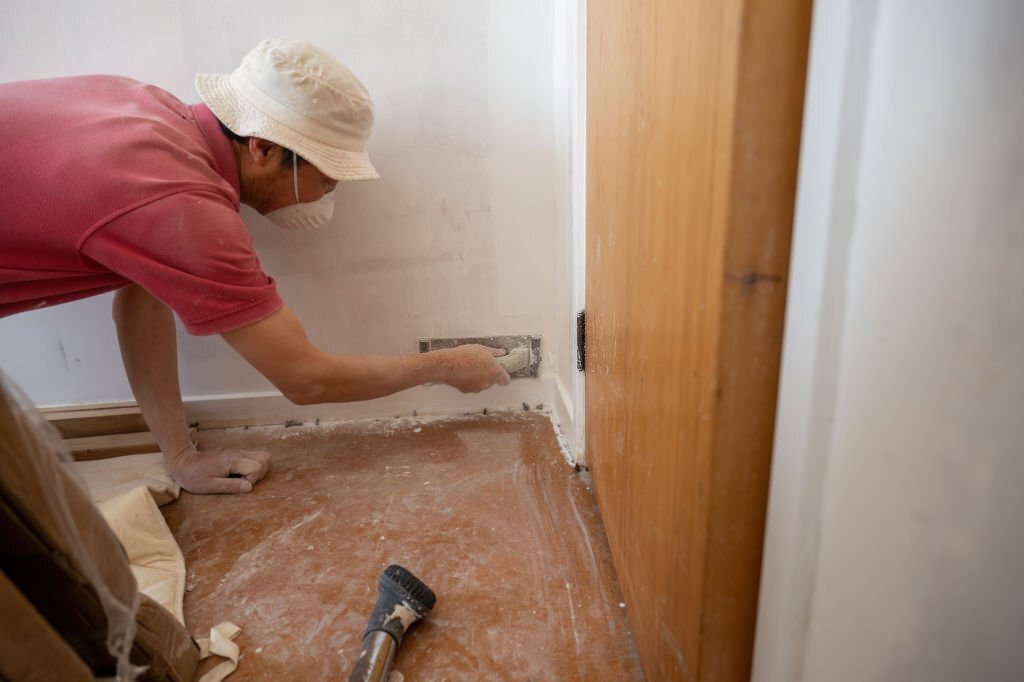What Is The Purpose Of Gib Stopping in Auckland?
Gib stopping is a construction technique used to fill the gap between two surfaces and create a seal. It’s an important part of many construction projects, ensuring that the space between two walls or floors is properly sealed and secure. But what exactly is gib stopping and why is it important? In this article, we’ll explain what gib stopping is, its purpose, and how it’s done.

Gib stopping is a process that involves filling in the gaps between two surfaces with plaster or other materials. It helps to create a strong bond between two walls or floors, as well as providing insulation. By sealing off any cracks or holes, gib stopping helps prevent moisture from entering the home and causing damage. The process also helps reduce sound transfer between rooms and can even help make homes more energy efficient by creating an airtight seal.
Gib stopping is a process that’s used to separate wall surfaces from each other. It’s typically used in drywall construction, as walls are composed of two layers of drywall spaced apart by wooden strips called gibs. The process of gib stopping involves cutting the gibs to the appropriate length, then fitting them between the two layers of drywall and securing them in place with screws or nails. This ensures a tight seal between the two pieces, resulting in a strong and sturdy wall.
Gib stopping is an important part of any drywall project as it helps ensure that the walls are well-insulated and soundproofed. Additionally, it prevents air leakage and drafts from occurring within the space. Gib stopping also helps improve the strength and rigidity of the walls, making them more resistant to damage caused by seismic activity or extreme weather conditions. Overall, it plays an important role in ensuring that any drywall construction project is done properly and results in a strong, stable structure.
Benefits Of Gib Stopping
Gib-stopping is an essential construction method that helps protect a building from water damage. By creating a barrier between the interior of a structure and the external elements, gib-stopping prevents moisture from entering and damaging walls, ceilings and floors. It also helps reduce noise contamination from outside sources. In addition, gib stopping can provide improved thermal insulation by creating an air gap between two surfaces. This not only helps to keep the interior of a building warm during the colder months, but it can also help to reduce energy bills.
Gib stopping is also effective in providing soundproofing and fire protection for buildings. With its many benefits, gib stopping is an important step in any construction project that requires high-quality protection from the elements.
How To Gib Stop
Gib stopping is an important process in the construction and renovation of buildings. It involves the application of a fire-rated sealant to gaps between walls and ceilings, as well as around pipes and other penetrations. This sealant helps to prevent the spread of both smoke and fire throughout a building, making it an essential part of any safety plan. Gib stopping also serves to reduce air infiltration, helping to keep energy costs down by maintaining consistent temperatures throughout a building.
While gib stopping may seem like a relatively simple job, its importance in keeping homes and businesses safe should not be underestimated. Indeed, proper attention must be paid to ensure that all gaps are adequately sealed with the appropriate fire-rated sealant. This can help ensure that even in the event of a fire, the building will remain safe for those inside.
Gib-stopping can be a great way to increase the insulation and soundproofing of your home. It also offers a secure, airtight seal to help keep out dust and other particles. With the right tools and materials, it’s easy to do yourself. It’s important to take proper safety precautions when gib stopping, as the products used can be hazardous if not handled correctly. As long as you use the correct protective gear, you should have no problems completing this project successfully. Gib-stopping is just one of many ways to make your home more comfortable and energy-efficient – so why not give it a try?